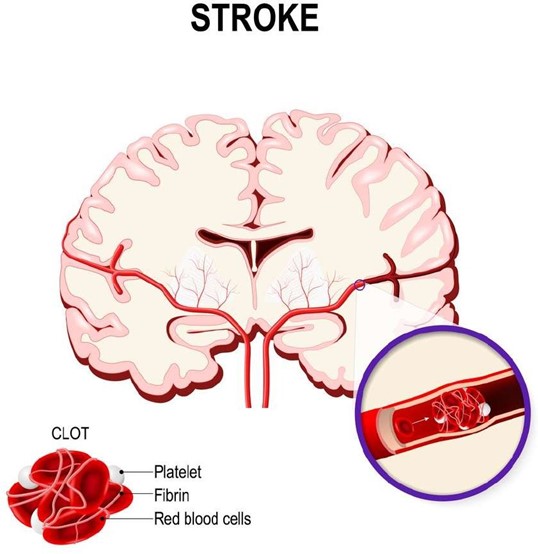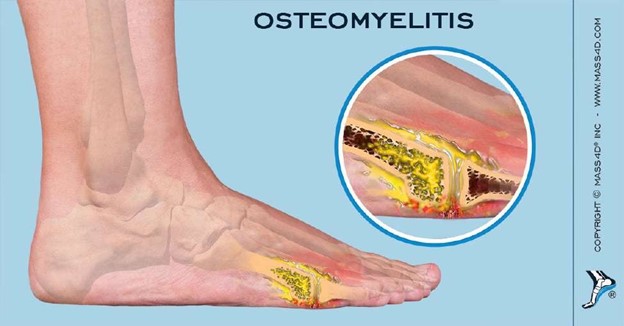A nurse is prioritizing care for four clients.
Which of the following clients should the nurse assess first?
An adolescent who has sickle cell anemia and slurred speech.
An adolescent who is in skin traction and reports a pain level of 7 on a scale from 0 to 10.
A toddler who has a new diagnosis of osteomyelitis and is to receive an IV bolus of nafcillin.
A toddler who has a partial-thickness burn on his right hand and requires a dressing change.
The Correct Answer is A
An adolescent who has sickle cell anemia and slurred speech should be assessed first.
Slurred speech can be a sign of a stroke, which is a known complication of sickle cell anemia.

This requires immediate medical attention.
Choice B is wrong because while pain management is important, it is not as urgent as a potential stroke.
Choice C is wrong because while administering medication is important, it is not as urgent as a potential stroke.
Choice D is wrong because while wound care is important, it is not as urgent as a potential stroke.
Nursing Test Bank
Naxlex Comprehensive Predictor Exams
Related Questions
Correct Answer is B
Explanation
Maintaining a patent intravenous catheter is important for administering antibiotics and other medications to treat osteomyelitis.

Choice A is wrong because contact precautions are not necessary for a child with osteomyelitis.
Choice C is wrong because a high-calorie, low-protein diet is not indicated for a child with osteomyelitis.
Choice D is wrong because frequent physical activity may not be appropriate for a child with osteomyelitis due to pain and inflammation 1.
Correct Answer is A
Explanation
Overheating is a risk factor for SIDS, so it’s important to dress the baby in lightweight clothing to sleep.
Choice B is wrong because infants should always be placed on their back to sleep, not on their side.
Choice C is wrong because bed-sharing increases the risk of SIDS.
Choice D is wrong because stuffed animals should not be placed in the crib with the baby as they can increase the risk of suffocation 2.
Whether you are a student looking to ace your exams or a practicing nurse seeking to enhance your expertise , our nursing education contents will empower you with the confidence and competence to make a difference in the lives of patients and become a respected leader in the healthcare field.
Visit Naxlex, invest in your future and unlock endless possibilities with our unparalleled nursing education contents today
Report Wrong Answer on the Current Question
Do you disagree with the answer? If yes, what is your expected answer? Explain.
Kindly be descriptive with the issue you are facing.
